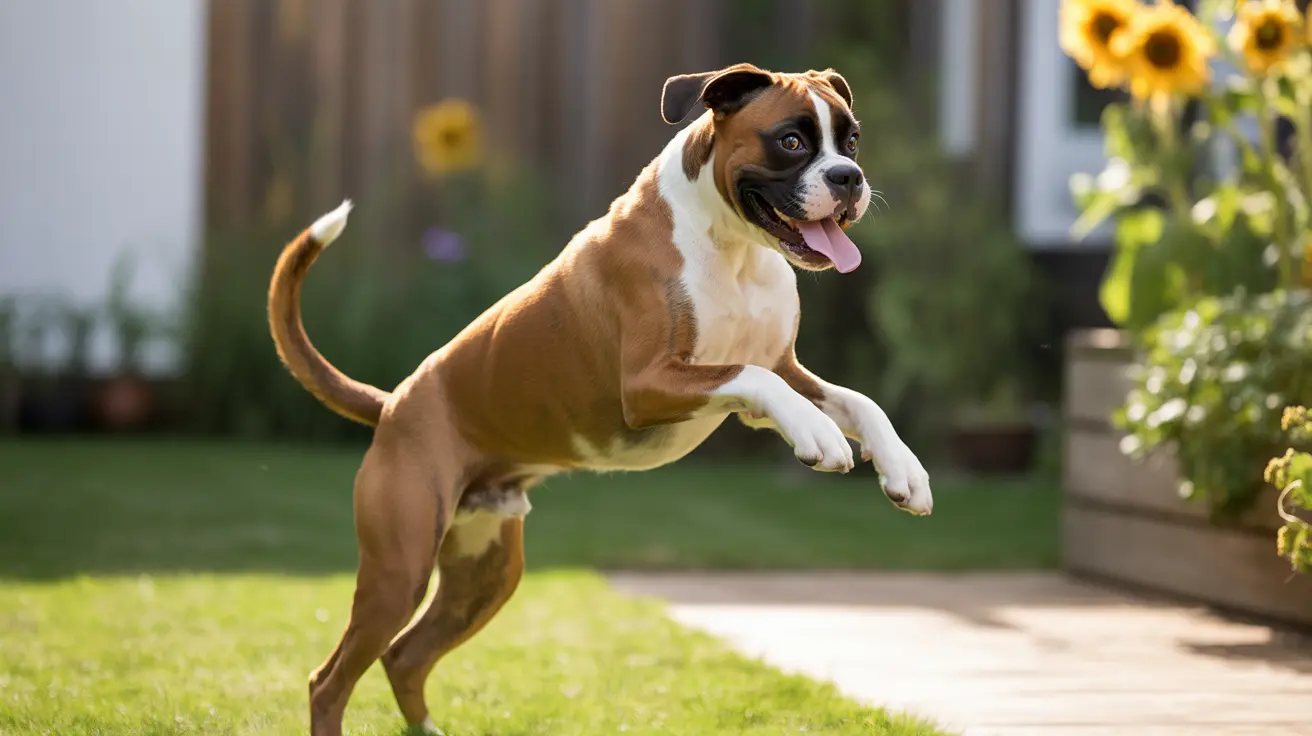Understanding the 7 Second Rule for Dogs: Protecting Paws from Pavement Burns
Hot pavement can be dangerous for dogs, especially during summer months when temperatures soar. The 7 second rule is a simple, effective way to determine whether the ground is safe for your pet’s paws. If you cannot hold the back of your hand against the pavement for 7 seconds without discomfort, it is too hot for your dog to walk on it.
Why the 7 Second Rule Matters
Dogs’ paw pads are sensitive and can burn quickly on hot surfaces. Unlike humans, dogs don’t wear shoes, making them more vulnerable to extreme surface temperatures.
- Asphalt temperatures can reach up to 145°F (63°C) when the air temperature is just 87°F (30°C).
- Burns can occur in under 60 seconds at high temperatures.
- Feet injuries from hot pavement may cause limping, licking of paws, blisters, or avoidance of walking.
How to Perform the 7 Second Test
To use the rule properly, follow these steps:
- Find a spot where your dog will walk.
- Place the back of your hand (not the palm) on the surface.
- If it’s too hot to keep your hand pressed down for 7 seconds, it’s unsafe.
Risks of Ignoring Hot Surfaces
Not checking the pavement during hot weather may lead to serious issues, including:
- First- or second-degree burns on your dog’s paws.
- Infection resulting from damaged paw pads.
- Stress or trauma leading to behavioral changes.
- Excessive licking or refusal to walk, indicating pain or injury.
Alternatives to Battle the Heat
There are several ways to help your dog avoid hot surfaces during peak temperatures:
- Walk early in the morning or after sunset when surfaces cool down.
- Stick to shaded areas, grass, or dirt paths for safer walks.
- Use dog booties made specifically to protect paws from heat.
- Invest in paw wax that offers a slight protective layer.
- Carry water and check for cooling stations during longer walks.
Additional Summer Safety Tips
Keeping your dog safe goes beyond protecting their paws. Here are a few more summer care tips for pet owners:
- Never leave your dog in a parked vehicle.
- Keep your pet hydrated at all times.
- Use dog-safe sunscreen on less hairy areas like the nose or belly.
- Ensure access to shade during outdoor time.
- Limit high-energy activities during peak heat hours.
Recognizing Overheating and Burn Symptoms
Your dog may show signs of distress due to paw burns or overheating. Watch for:
- Limping or refusal to walk
- Visible blisters or redness on the paws
- Excessive panting or drooling
- Vomiting, lethargy, or disorientation
If you notice any of these symptoms, consult a veterinarian immediately.
Conclusion: Simple Step for Lifelong Protection
Using the 7 second rule before every walk on warm days is a small action that can prevent painful and costly injuries to your dog. Always remember: if it’s too hot for your hand, it’s too hot for your dog’s paws. With awareness and preparation, you and your furry companion can continue enjoying safe, happy walks year-round.





